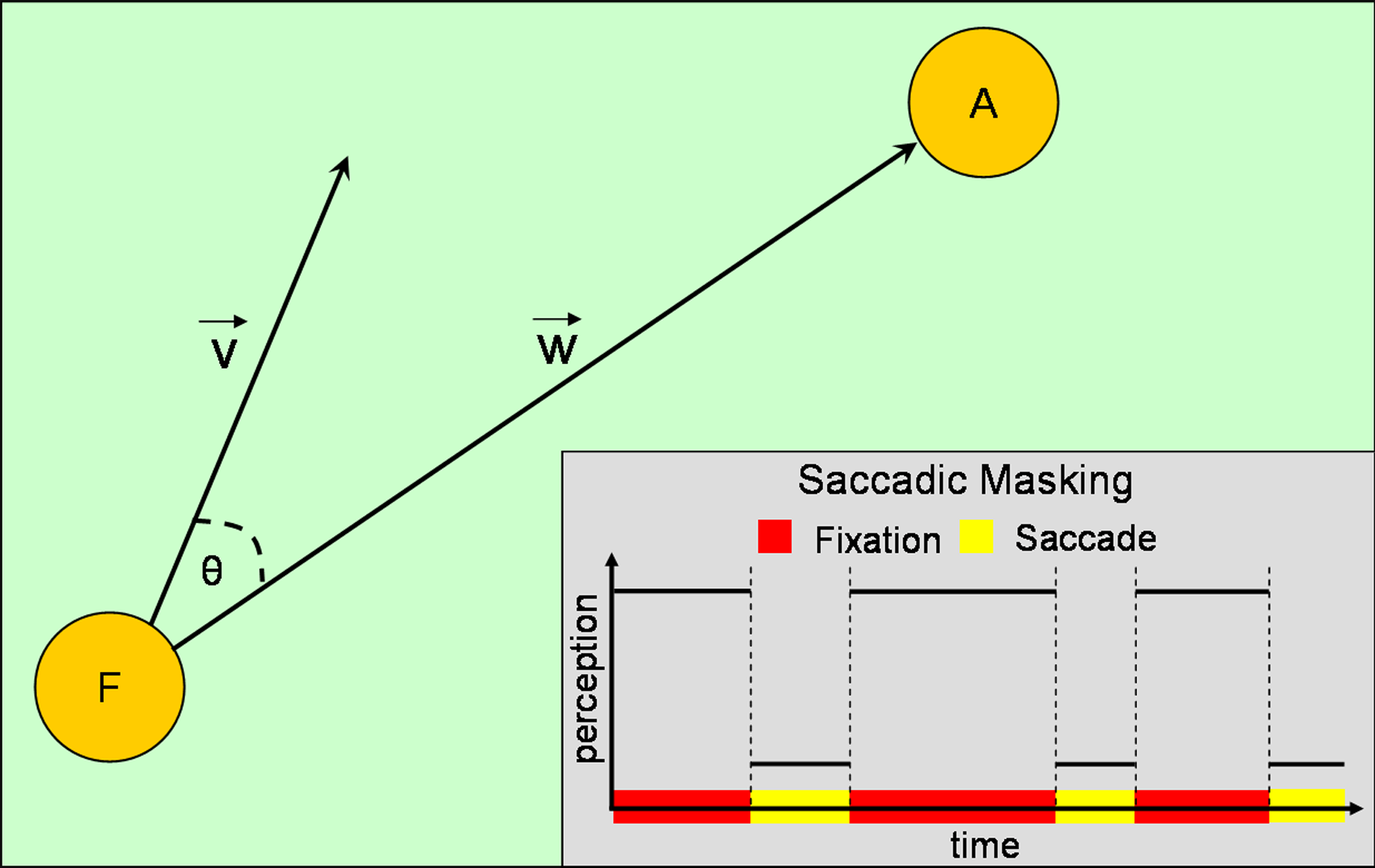“Subtle gaze direction” by Bailey, McNamara, Sudarsanam and Grimm
Conference:
Type(s):
Title:
- Subtle gaze direction
Presenter(s)/Author(s):
Abstract:
By combining eye-tracking with subtle image-space modulation, we developed a new technique which involuntarily draws an observer’s gaze to specific image locations. We call this paradigm subtle gaze direction. Subtle gaze direction exploits the fact that our peripheral vision has very poor acuity compared to our foveal vision. By presenting brief, subtle luminance or warm-cool modulations to the peripheral regions of the field of view, our technique involuntarily draws the foveal vision to the modulated region. Additionally, by monitoring saccadic velocity and exploiting the visual phenomenon of saccadic masking [Dodge 1900], we are able to terminate the modulation before the viewer’s foveal vision enters the modulated region. Hence, the viewer is never allowed to scrutinize the stimuli that attracted her gaze. Modulations are simply alternating interpolations of image pixels with black and white, in the case of luminance modulation, or with a warm and a cool color, in the case of warm-cool modulation (see Figure 1). Our gaze directing technique has potential application in large scale display systems, perceptually adaptive rendering, and complex visual search tasks.
References:
1. Dodge, R. 1900. Visual perception during eye movement. Psychological Review 7, 454–465.






